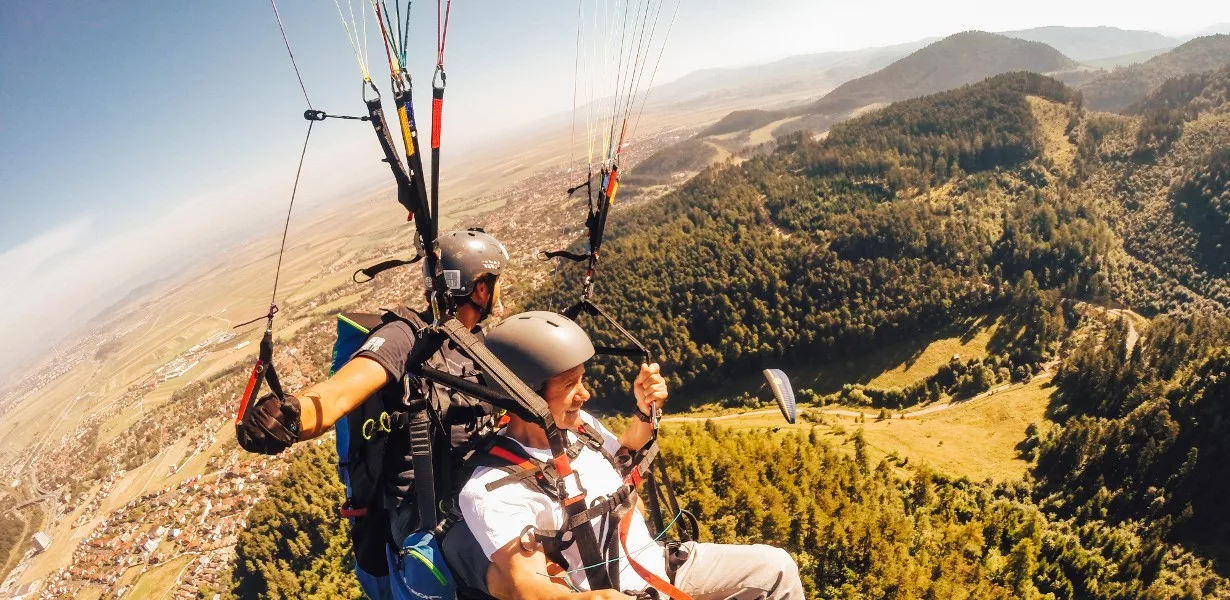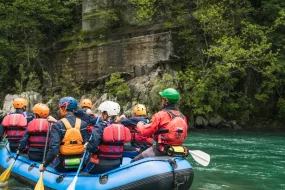
Welcome to our comprehensive guide on paragliding, an exhilarating sport that allows you to experience the thrill of soaring through the sky like a bird. In this article, we will explore the world of sport paragliding, diving into the details of this extreme adventure that combines adrenaline, freedom, and breathtaking views. Whether you’re a beginner seeking to learn more about paragliding or an experienced pilot looking for useful tips, this guide will provide you with valuable insights and actionable advice to enhance your paragliding journey.
Soaring into the World of Paragliding
Understanding Paragliding as an Extreme Sport
Paragliding is a unique form of aviation that enables pilots to fly using a lightweight, free-flying wing and harness. It is considered an extreme sport due to the thrilling nature of the activity, which involves launching from elevated sites such as mountains and cliffs, catching thermal updrafts, and gliding through the air. Unlike other forms of aviation, paragliding offers a more intimate and immersive experience, as pilots are able to feel the wind, connect with nature, and witness awe-inspiring landscapes from a truly unique perspective.
The Essentials of Paragliding Gear
Before embarking on your paragliding adventure, it’s essential to familiarize yourself with the key equipment and gear required for a safe and enjoyable flight. These include:
1. Paraglider Wing: This is the main component of your gear, consisting of a fabric wing with multiple cells that inflate with air to provide lift and control during flight.
2. Harness: The harness serves as your seat and suspension system, connecting you to the paraglider wing. It is designed to provide comfort, stability, and easy maneuverability.
3. Reserve Parachute: As a safety precaution, every paraglider pilot carries a reserve parachute that can be deployed in case of emergencies or unexpected situations.
4. Helmet: A helmet is crucial to protect your head from potential impacts and ensure your safety during flight.
5. Variometer: A variometer is a device that provides important information about your altitude, rate of ascent or descent, and helps you locate thermals for extended flights.
6. Radio: Communication is vital in paragliding, especially when flying in groups or participating in competitions. Carrying a radio allows pilots to stay connected and maintain situational awareness.
FAQ:
Q1. Is paragliding suitable for beginners?
Absolutely! Paragliding caters to individuals of various skill levels, including beginners. However, it is crucial to undergo proper training and instruction from certified instructors or schools. They will teach you the fundamentals of paragliding, including launching, controlling the wing, and landing safely.
Q2. What are the physical requirements for paragliding?
Paragliding requires a moderate level of physical fitness. It is essential to have good overall strength, coordination, and balance. However, paragliding is not limited to a specific age group or fitness level, and people of various abilities can enjoy this exhilarating sport.
Q3. What are the potential risks involved in paragliding?
Like any adventure sport, paragliding carries inherent risks. However, with proper training, equipment maintenance, and adherence to safety guidelines, these risks can be significantly mitigated. It is crucial to prioritize safety, follow weather conditions closely, and continuously update your skills and knowledge.
Q4. How long does it take to learn paragliding?
The duration of learning paragliding varies depending on individual aptitude, practice time, and weather conditions. Generally, it takes around 7 to 14 days of intensive training to acquire the basic skills necessary for solo flights. However, the learning process is continuous, and pilots continually refine their techniques and knowledge throughout their paragliding journey.
Q4. Can paragliding be competitive?
Yes, paragliding can be competitive, with various competitions held worldwide. These events test pilots’ skills, endurance, and strategic decision-making. Competitive paragliding includes tasks such as cross-country flying, speed races, and accuracy landings.
Conclusion
Paragliding opens up a world of adventure, freedom, and exploration in the realm of extreme sports. With the right training, equipment, and mindset, you can take to the skies and experience the breathtaking thrill of soaring above picturesque landscapes. Remember to prioritize safety, continuously improve your skills, and respect the forces of nature that make paragliding possible. So, are you ready to spread your wings and embark on a remarkable paragliding journey? The sky awaits your ascent to new heights of excitement and discovery.
Advertisement









